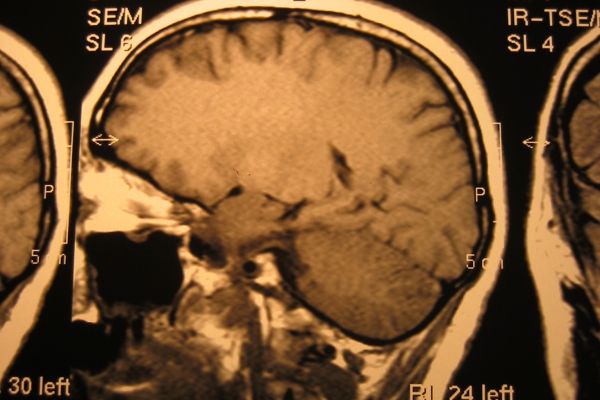Novel neurotechnologies: intervening in the brain
Report
Published 24/06/2013

Why do we need novel neurotechnologies?
The high global incidence of brain disorders has considerable implications for economies. In the UK alone, there are around 800,000 people living with dementia, 300,000 people with disabilities caused by stroke, 127,000 people with Parkinson’s disease and millions who live with chronic pain.
Challenges to funding for innovation
Issues that arise in relation to the funding and development pathways of novel neurotechnologies include:
- Private companies and investors are likely to focus on technologies that target the largest or most established markets. The needs of patients with rarer conditions or where health care resources are scarce may therefore receive less attention.
- The long timescales and uncertainties associated with developing stem cell based technologies may be seen by investors as too economically risky.
- Novel neurotechnologies are vulnerable to the ‘valley of death’ – a lack of funding to support the translation of early stage research into commercially viable products.
- Prioritising fast returns on investment may encourage developers towards practices that might not best meet patients’ needs for access to safe and effective treatments, for example, developing elements of devices that might help increase sales, but do not necessarily enhance their benefits to patients.
We conclude
- It is vital that proportionate regulatory oversight encourages innovation, and directs investment and development towards the production of safe and effective products that meet genuine patient needs.
- Effective regulation alone may not be enough to promote equitable access to affordable treatments – innovative approaches to research, funding and commissioning are also needed.

Share